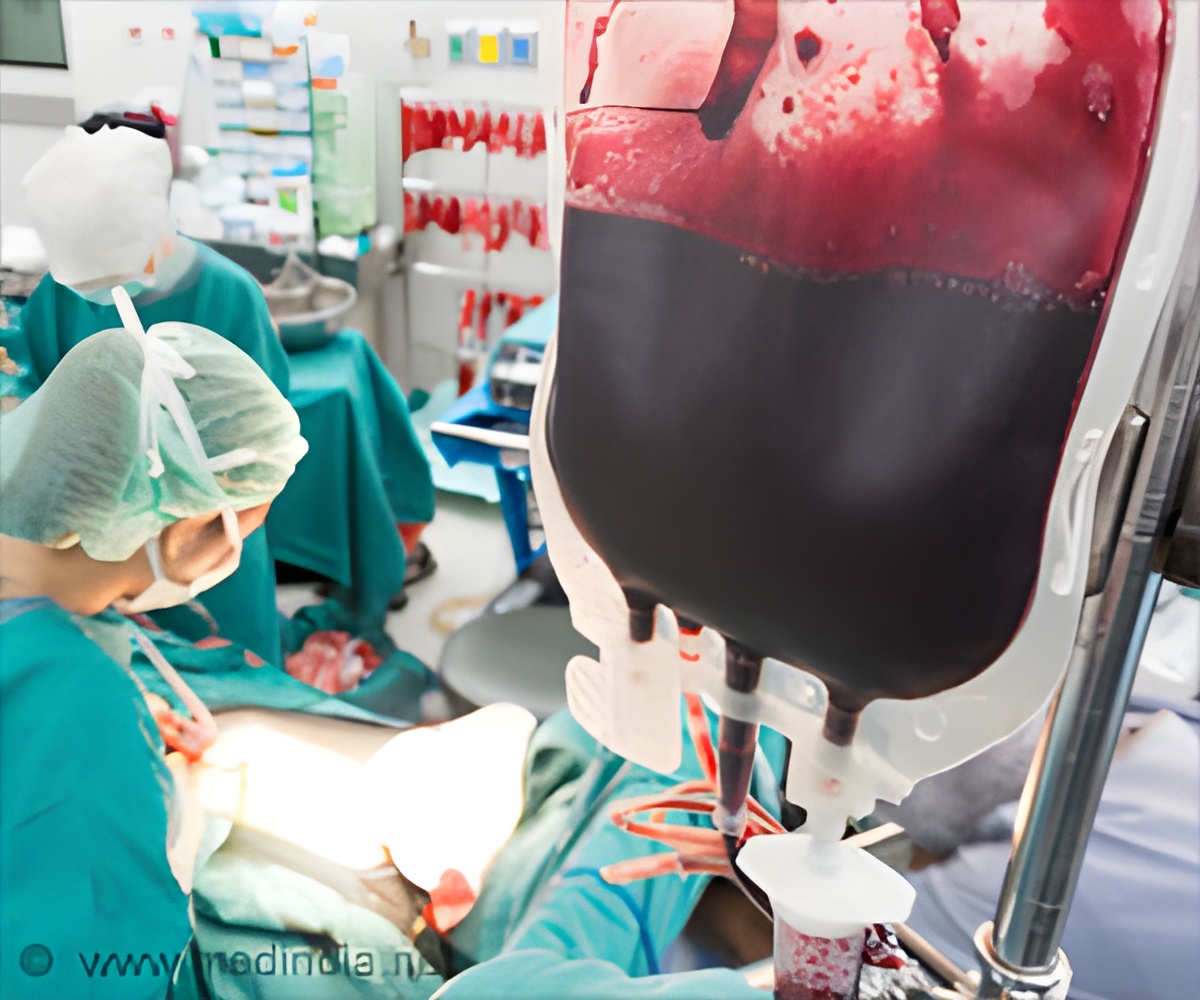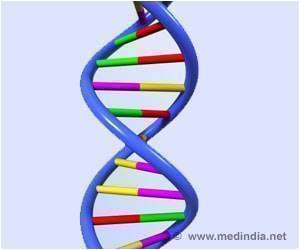Thrombocytopenia is defined as the reduction in blood platelet count below the normal platelet count distribution (1.5m3).

TOP INSIGHT
Thrombocytopenia is defined as the reduction in blood platelet count below the normal platelet count distribution (1.5m3). Injecting stem cells through intravenous route can increase platelet count and improve other symptoms.
The patient underwent stem cell therapy wherein he was injected with 1 mL stem cells daily through an intravenous route.
"The patient was monitored regularly for the occurrence of any reactions during the whole therapy. Platelet count increased to 1.01m3 following the treatment and there were remarkable improvements in other symptoms," said Geeta Shroff, Stem Cell Specialist, Director, Nutech Mediworld.
Shroff has also conducted successful research on patients with spinal problems, anterior cruciate ligament tear and curing them through stem cell treatment.
According to Shroff, thrombocytopenia is defined as the reduction in blood platelet count below the normal platelet count distribution (1.5m3). It is the second most common hematological disorder after anaemia and equally affects both men and women.
"The proliferation and differentiating ability of stem cells has made this therapy an attractive therapeutic option. Stem cell therapy are being explored as regenerative medicine for treating various diseases due to their potential to multiply, proliferate and differentiate into any cell type.
Source-IANS
 MEDINDIA
MEDINDIA




 Email
Email










